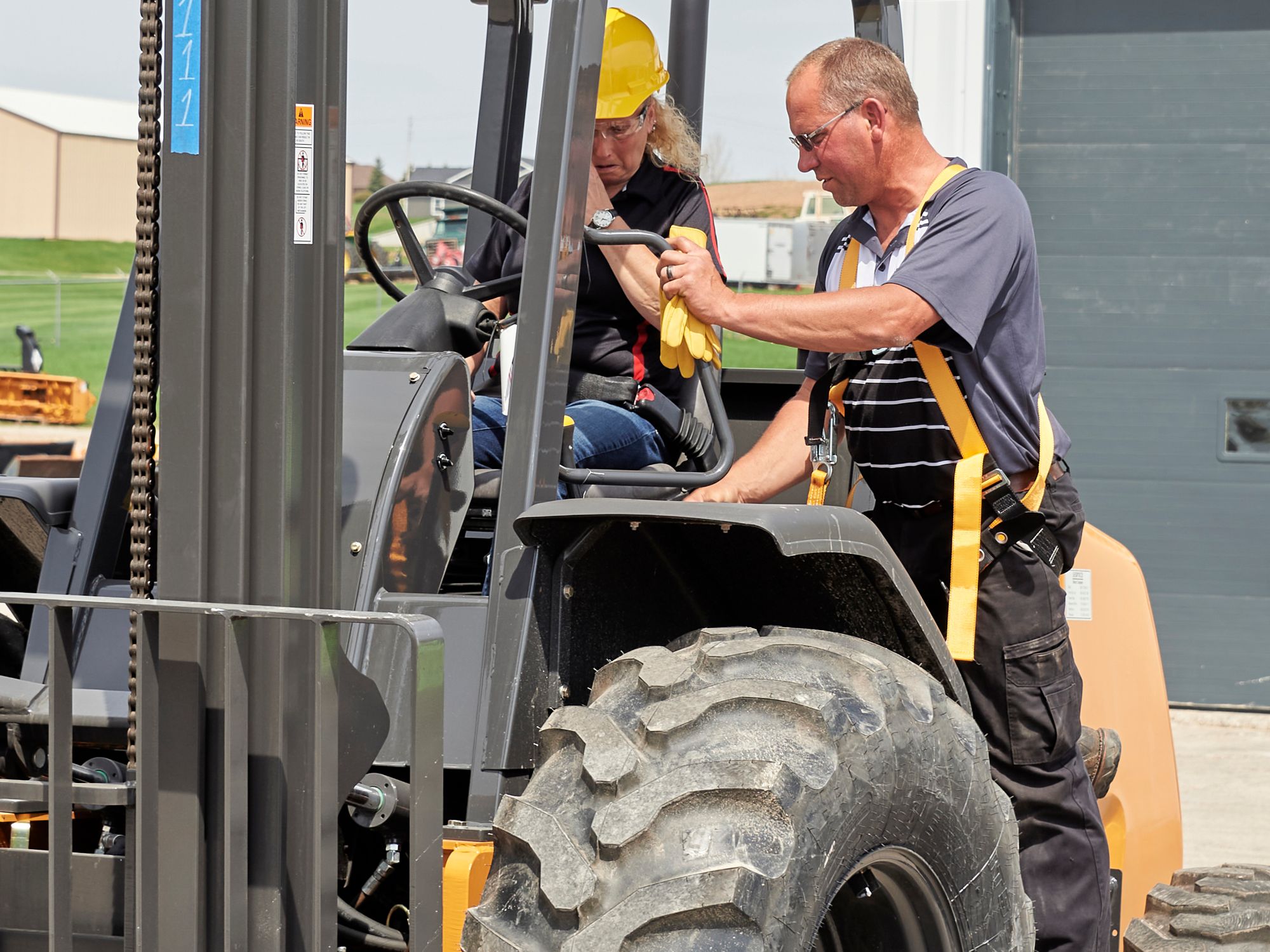What are the different classes of PITs?

- Different classes of PITs are approved for different uses, but drivers must be trained and evaluated to the OSHA PIT standard to operate any of them.
There are many classes and types of Powered Industrial Trucks (PITs), from the common sit-down type to the narrow aisle stand-up type, and from order pickers to powered pallet jacks. They may be powered by electricity, liquefied petroleum gas (LPG), diesel fuel, or gasoline. Some classes are approved for use in certain hazardous conditions. PITs can be grouped into the following classifications:
- Class 1 — Electric motor, sit-down rider, counterbalanced trucks (solid or pneumatic tires).
- Class 2 — Electric motor, narrow aisle trucks (solid tires).
- Class 3 — Electric motor hand trucks or hand/rider trucks (solid tires).
- Class 4 — Internal combustion engine trucks (solid tires).
- Class 5 — Internal combustion engine trucks (pneumatic tires).
- Class 6 — Electric and internal combustion engine tractors (solid or pneumatic tires).
- Class 7 — Rough terrain trucks (pneumatic tires).
No matter the class, the Occupational Safety and Health Administration (OSHA) requires operators be trained and evaluated prior to operating the equipment in the workplace.
As a historical note, OSHA issued a Request for Information in the March 11, 2019, Federal Register, acknowledging that the PITs standard at 1910.178 lists 11 different designations of trucks— D, DS, DY, E, ES, EE, EX, G, GS, LP, and LPS. However, the notice stated that eight other type-designated units — CGH, CN, CNS, DX, G/CN, G/LP, GS/CNS, and GS/LPS — are not reflected in OSHA’s current standard. The agency explains that these eight type-designated units have different requirements for safe operation, maintenance, and handling due to their fuel source, but they are generally the same in design and function as the 11 truck types currently listed in the standard. OSHA is considering adding the eight truck types to modernize its standard, but a proposal is a long-term to-do item
